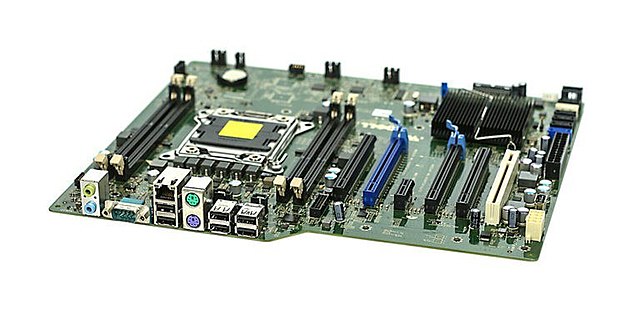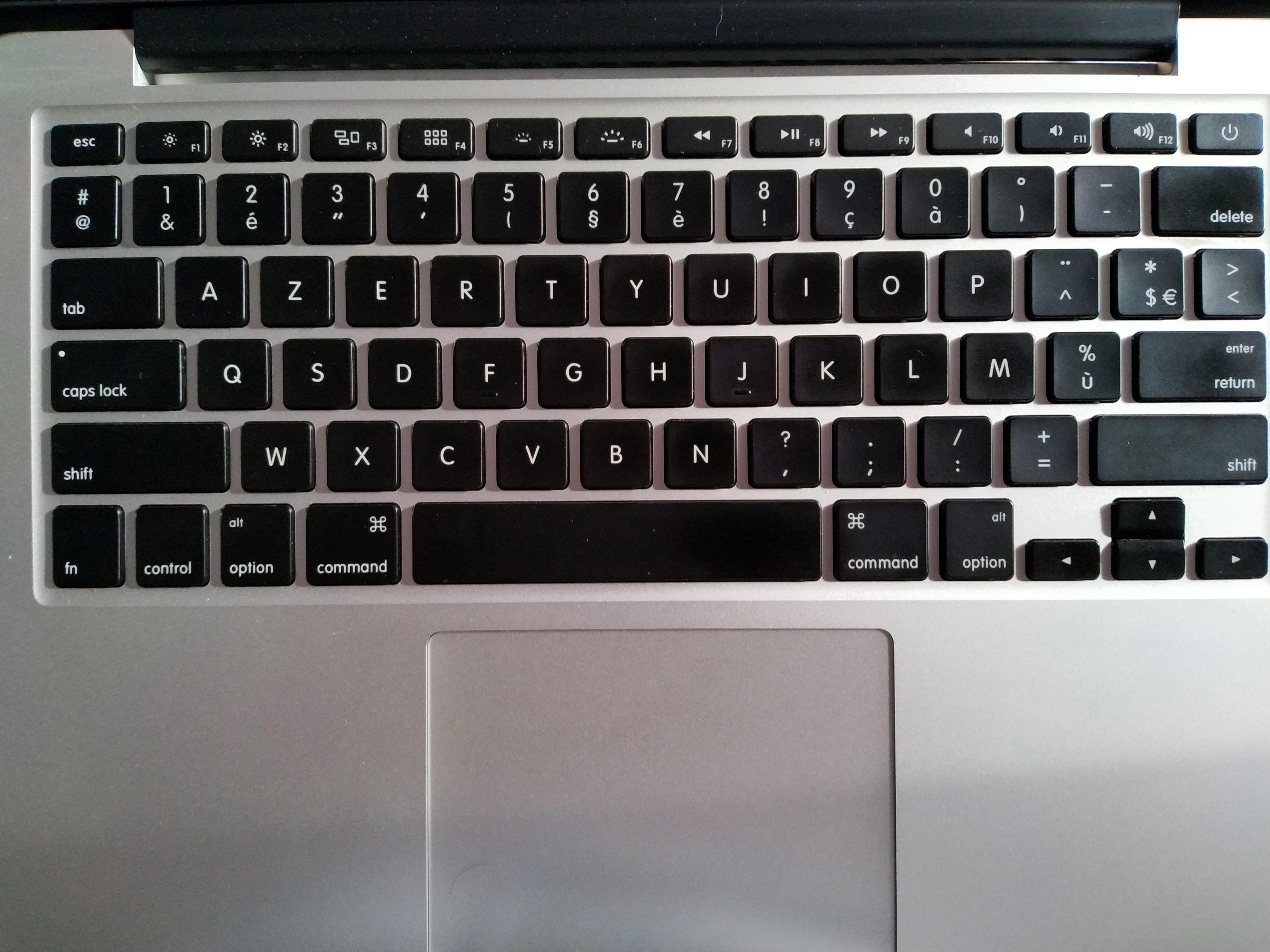Motherboard screws play a crucial role in assembling a computer. Without them, the motherboard would not be able to properly attach to the case chassis, leading to instability and potential damage to the motherboard.
The most common type of motherboard screw is the threaded brass standoff, also known as Jack Screw Standoffs. These screws are used to hold the motherboard in place and prevent it from coming into contact with the conductive metal of the case chassis, which could cause a short circuit.
It’s important to note that motherboard screws are generally universal, meaning they will work on most types of motherboards and cases. However, it’s always a good idea to double-check the size and thread type before purchasing any screws.
When it comes to the number of standoffs needed, most computer cases come with nine standoffs to meet ATX standards. However, smaller cases may require fewer standoffs, and the number of standoffs used will also depend on the size of the motherboard.
When installing motherboard screws, it’s important to ensure that they are tightened securely, but not overtightened to the point of damaging the motherboard. It’s also important to make sure that the screws are evenly distributed to prevent any warping or bending of the motherboard.
Motherboard screws are a crucial component of any computer assembly. It’s important to choose the correct size and thread type and to ensure that they are installed securely and evenly. By following these guidelines, you can ensure a stable and functional computer system.

Screws Used for Installing a Motherboard
The screws that are commonly used for attaching a motherboard to a case chassis are threaded brass standoffs, also known as Jack Screw Standoffs. These standoffs serve as a buffer between the motherboard and the conductive metal of the case, preventing a short circuit. In addition to threaded brass standoffs, other types of screws and standoffs may be used depending on the specific case and motherboard. It is important to refer to the manual or instructions for the case and motherboard to ensure the correct type and placement of screws and standoffs.
Are Motherboard Screws Interchangeable?
Motherboard screws are generally universal and will work with most motherboards and cases. This is because they are designed to meet standard specifications and sizes, making them compatible across different brands and models. However, it’s worth noting that some cases may require specific types of screws or mounting hardware, so it’s always a good idea to check the manufacturer’s instructions or website for compatibility information. Additionally, some high-end motherboards may come with their own set of screws or mounting options, so be sure to double-check before making any modifications or upgrades to your system.
Are Motherboard Screws the Same Size?
All motherboard screws are the same size in terms of thread and diameter. However, the length of the screws may vary depending on the case manufacturer. ATX standard specifies that a computer case should come with 9 standoffs, but the number of screws required by a motherboard may vary depending on its size. A majority of ATX motherboards will use 6 screws, while smaller motherboards may require fewer screws. It is important to ensure that the screws used are appropriate for the motherboard and the case to avoid any damage or instability.
Conclusion
Motherboard screws are a critical component when building a computer. It is essential to use threaded brass standoffs to attach the motherboard to the case chassis to prevent a short circuit. These screws are universal and should work on almost any motherboard and case. Additionally, it is important to note that the length of the screw may vary by case manufacturer. A computer case typically comes with nine standoffs to meet ATX standards, but smaller cases may have fewer. it is crucial to ensure that the correct number and size of screws are used for the motherboard to ensure proper installation and prevent damage to the computer.








